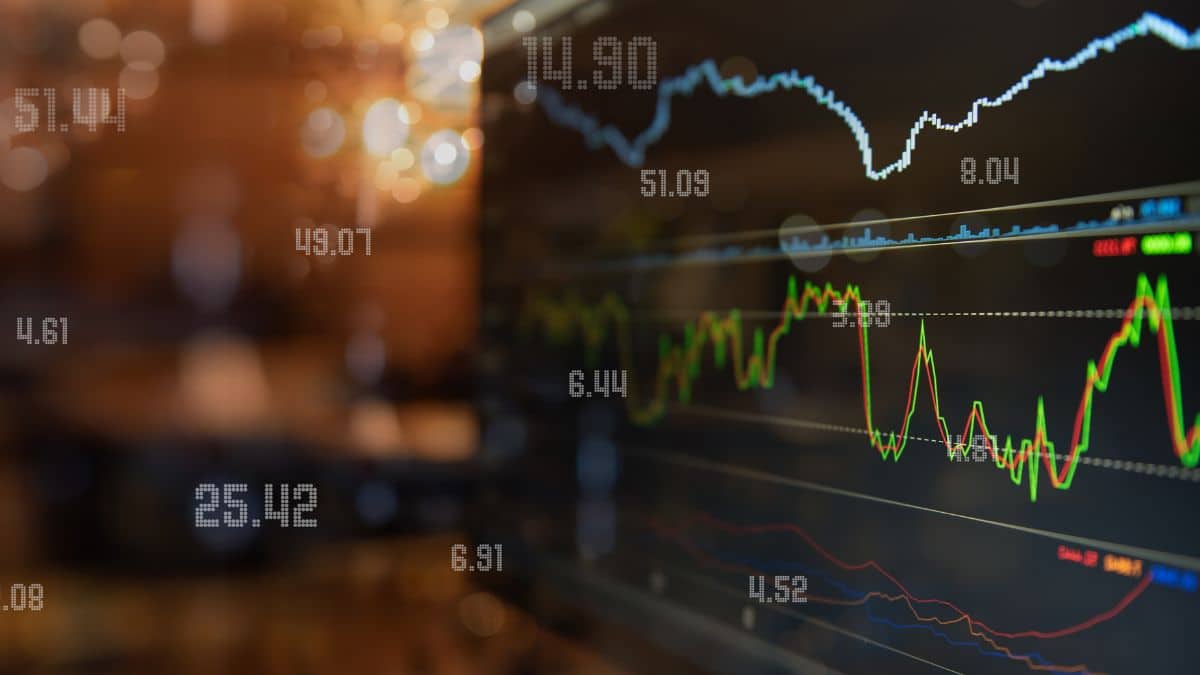When it comes to asset classes stocks and bonds tend to dominate the headlines. But despite being overlooked, commodity trading offers investors significant advantages.
In this guide, we’ll explain what commodities are, why you should invest in them and three ways to add them to your portfolio.
What are commodities?
A commodity is a raw material that’s used to create commercial products and is tradeable for other goods. Examples of commodities include:
- Energy products like oil, gas and coal
- Agricultural products like wheat, soy and beef
- Metals like gold, silver and copper
Why invest in commodities?
- To hedge against inflation
Inflation is when the prices of goods and services increase over time. This reduces the value of a currency over the long term, meaning that the same amount of money will get you less in the future than it would now. Your cash loses its worth over time, unless you invest it in assets whose worth rises at a pace that matches the rate of inflation.
Yet inflation affects certain asset classes differently. High inflation can cause company shares to lose value if businesses struggle to pass on the burden of higher costs to their customers. Yet commodity returns have increase when inflation is high, allowing you to use them as a precious safe haven for your capital.
- To diversify your portfolio
There’s no single asset that’s completely risk free, which means that investors need to spread their capital across multiple asset classes. Shares and fixed-rate bonds are more vulnerable to inflation, so commodities provide you with important opportunities to diversify your portfolio. But conversely, commodities are vulnerable to geopolitical events, natural disasters and the weather, so you need to diversify against these risks as well.
Three ways to invest in commodities
In the past, investing in commodity markets took significant time, capital and expertise. But today, anyone can invest in in commodities. There are three main ways you can do this: by buying the commodities themselves, buying shares in companies that produce commodities or investing in exchange traded commodities (ETCs).
- Buying commodities
The most basic method is to purchase the commodity in its physical form. However, this comes with significant challenges in terms of how your store the commodity after buying it and how you trade it in the long term. For these reasons, most traders opt to invest in commodities indirectly.
- Buying commodity company shares
The simplest way to invest in commodities indirectly is to buy shares in companies that produce, mine or process commodities. The value of commodity company shares is intrinsically related to the value of the commodities themselves, as higher commodity prices allow companies to sell their products at a higher price, leading to increased profits (assuming fixed production costs). Company share prices are also subject to company-specific influences, however.
- Investing in ETCs
Exchange traded commodities track the performance of a commodity market itself, rather than the performance of specific companies involved in the production of a commodity, meaning you aren’t subject to company-specific risks. You can buy them and sell them on the stock market just like a normal company share, making them easier to buy and sell than raw commodities while still giving you exposure to the commodity markets.
The bottom line…
Investing in commodities gives traders the significant benefits of a potential means to hedge against inflation and diversify their portfolios. As with all assets, you should choose commodities and the method you use to invest in them carefully, in the context of your long-term investment strategy.


